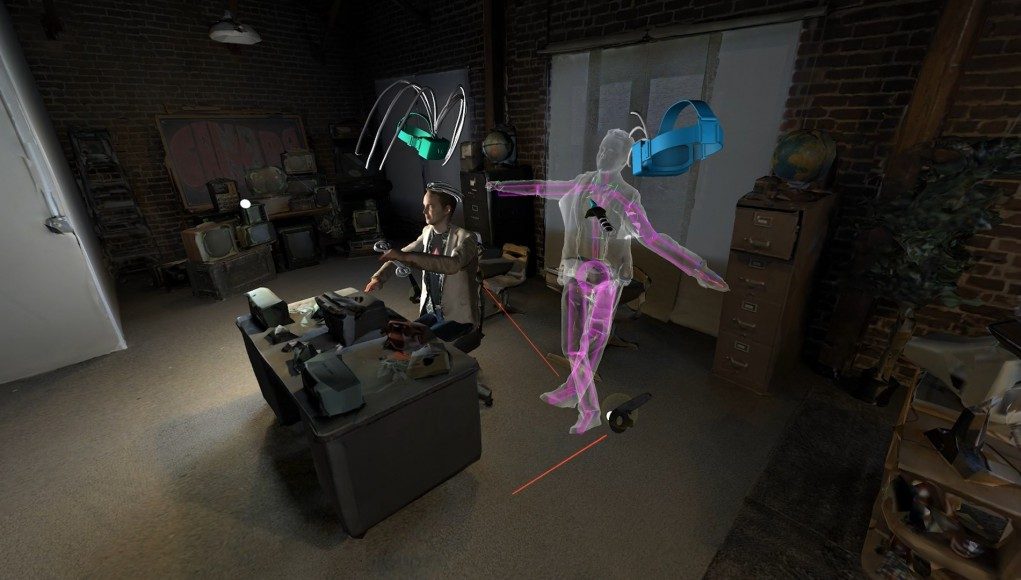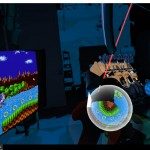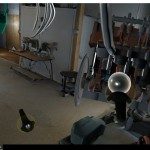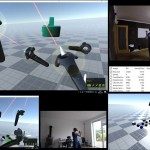We catch up with Sightline creator Tomáš ‘Frooxius’ Mariančík whose work to create the Google Docs of VR world building with his latest project Neos, is progressing rapidly.
We’ve not heard much of Tomáš ‘Frooxius’ Mariančík, the developer behind the excellent Sightline series of VR experiences, in a little while. The last we heard he had embarked on an ambitious project, one that he claimed would allow teams of creators to collaborate seamlessly on shared VR worlds. After months of non-stop work, Mariančík has emerged ready to show off his progress on Neos, a collaborative ‘world engine’ that he hopes will provide the platform for building the metaverse, entirely within virtual reality. A Google Docs for VR world building if you will.
In order to demonstrate how far the project has come, Mariančík has produced an hour long video in which he and a colleague join each other from two separate rooms, within the same virtual space.
They begin in what Mariančík calls Neos’ “scratch space”, the ‘construct’ area from which collaborators can start their creative journey. The duo then go on to fill the world, starting first with basic, hand drawn constructs rapidly progressing to more and more advanced and elaborate world building. By the time the pair have finished, they’ve created a realistic office environment, created from assets captured within photogrammetry, and have infused the worlds surfaces with countless copies of Sonic the Hedgehog videos. As you do.
One of the central ideas behind Neos is to offer collaborators intuitive, humanistic tools, inspired by the way we interact with the real world. For example, if you want to attach one virtually created object to another, you can apply virtual glue, a UI concept represented by a sphere in which you hold the objects, wait for the glue to ‘dry’ and once done, the two objects are stuck together. Or, if you want to apply textures to an object, simply grab from an array of materials (represented by spheres), pop it into your ‘material gun’ on one of your controllers and apply that material to as many as you like.
The power of Neos is its network abstraction layer, which allows creatives to get on and build things even if they’re physically many miles apart, focusing on getting the job done. This abstraction layer manages to display a synchronised world using minimal network bandwidth as objects shared within the shared universe are synchronised in full just once with their states computed from those sync’ed relationships. This also means all users should see the same thing as everyone else in the space at all times.
Neos is still a work in progress, but its key architecture is clearly in place and its potential power should be immediately obvious. Can the developer succeed in defining and building a Google Docs from which friends and colleagues can create the metaverse? Time will tell.










